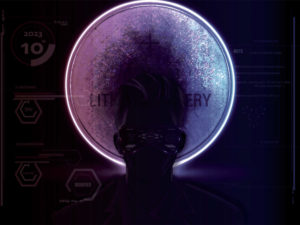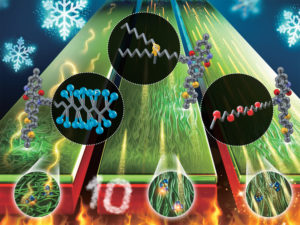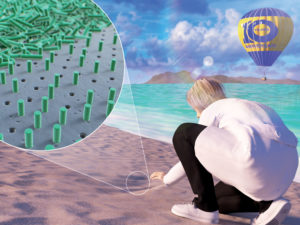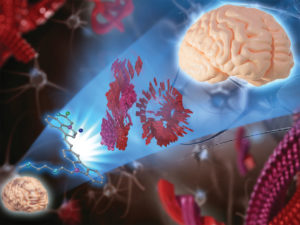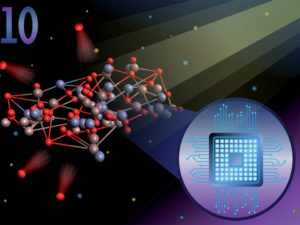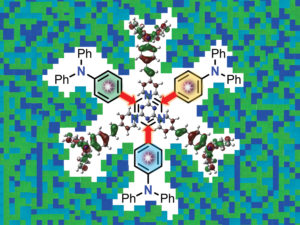Journal of Materials Chemistry B and Materials Advances are delighted to welcome Dr. Håkan Engqvist from Department of Materials Science and Engineering, The Ångström Laboratory, Uppsala University to the Editorial Boards as a new Associate Editor.
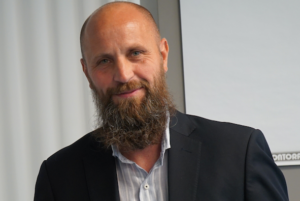
Dr. Håkan Engqvist is a professor of Applied Materials Science at Uppsala University, Sweden. He holds a Master’s degree in Material Physics and a PhD in Materials Science from Uppsala University. With eight years of industry experience in ceramic materials, specializing in tooling applications and bioceramics, Dr. Engqvist joined Uppsala University as a professor in 2009.
His research focuses on the synthesis, structure, and properties of biomaterials, particularly bioceramics used in hard tissue replacement and drug delivery. Dr. Engqvist also serves as the Director of the MedTech Science and Innovation Centre at Uppsala University, contributing to the advancement of medical technology and fostering innovation. His expertise combines an academic background with industry experience. The research work aim to the understanding and development of biomaterials for critical applications in healthcare.
‘I am eager to collaborate with RSC to continue develop the journals. I am especially excited about the international network, working with the professional staff and the other editorial board members and of course the opportunity to stay updated on the latest research in my field.’
See Dr Håkan Engqvist’s replies to an interview he kindly did with us:
1. What attracted you to pursue a career in materials science and how did you get to where you are now?
My passion for science and engineering has been a driving force throughout my academic journey. When choosing my undergraduate education, I was greatly influenced by the presence of surrounding companies and the experiences of my friends who were studying engineering. As my career progressed, I made choices based on my genuine interest in the field and dedicated hard work.
2. Why did you choose to specialize in your specific research field?
My focus on biomaterials came after my PhD, I am very much interested in understanding and solving unmet needs.
3. What do you see as the biggest challenges facing researchers who work in your field?
I think that the fundamental understanding on how to control the interface between materials and living organisms is still just starting. Much more work is needed and big advancements will be made.
4. What excites you most about your area of research and what has been the most exciting moment of your career so far?
I am captivated by the interface between synthetic materials and living tissue. I have had a few exiting moments (for me), such as capturing high-resolution images of titanium and bone, the bonding of bone pieces, developing bioactive dental fillings, and successfully implanting a new cranioplasty implant.
5. Which of your Royal Society of Chemistry publications are you most proud of and why?
Yixiao Cai, Hu Li, Mikael Karlsson, Klaus Leifer, Håkan Engqvist, Wei Xia. , Biomineralization on Single Crystalline Rutile: The Modulated Growth of Hydroxyapatite by Fibronectin in a Simulated Body Fluid., RSC Advances, 6 (2016) 35507-35516.
A complicated project and it was really difficult to finalise. A lot of work behind that publication.
6. Why do you feel that researchers should choose to publish their work in JMCB or Materials Advances?
High quality journals, good reach and fast review process – this will lead to more views and citations of the publication.
Join us in welcoming Hakan to our Editorial Boards!
Submit your best work to Håkan Engqvist and our team of Associate Editors on Journal of Materials Chemistry B and Materials Advances now! Check out our author guidelines for information on our article types or find out more about the advantages of publishing in a Royal Society of Chemistry journal.
Keep up to date with our latest articles, reviews, collections & more by following us on Twitter, Facebook or by signing up to our E-Alerts.


